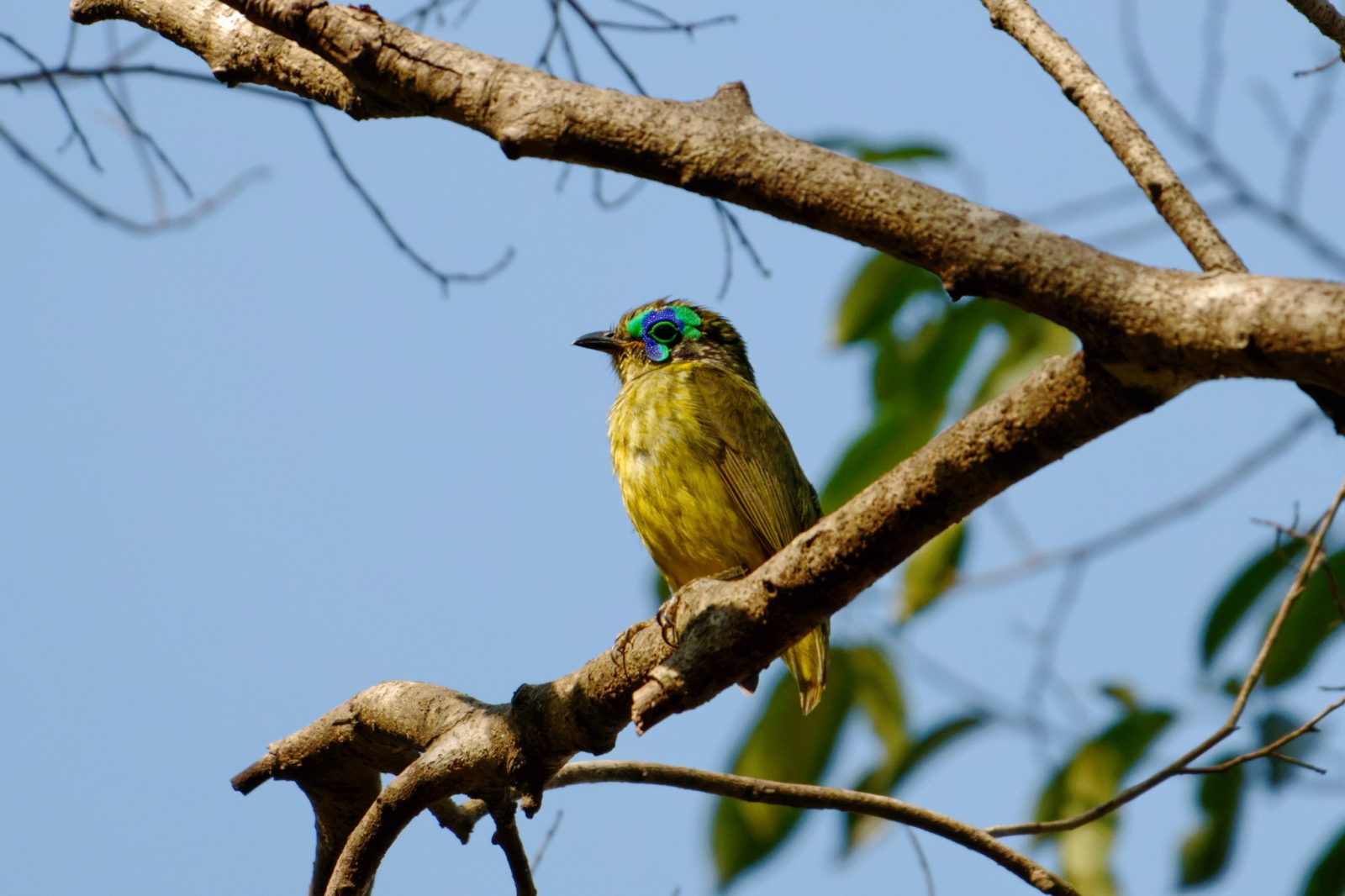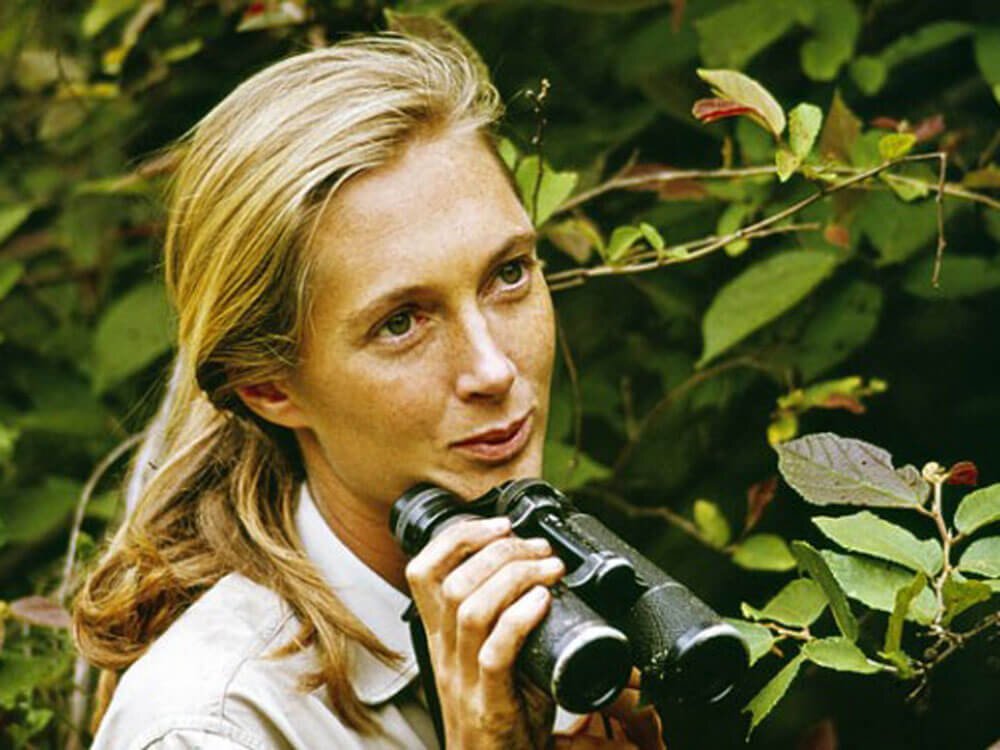Birds are facing some of the most rapid and alarming declines, but they are not the only species jeopardized by animal agriculture.
In 2021, the UNEP named agriculture the threat to 86% of species “at risk of extinction.” That’s 24,000 species on the line, and yet, factory farming continues to drive habitat loss, pollution, disease, and climate change—not a future problem, but a current environmental crisis with impacts affecting life on earth right now.
For example, the new IUCN report warns that Arctic seals are being pushed to the brink by our warming oceans. Their hope for survival is dwindling with the sea ice they need.
Yet, there is hope in action. Each day, each moment, is a chance to make a difference.
“While species like Arctic seals and many birds face growing threats, the recovery of the green turtle reminds us that conservation works when we act with determination and unity,” said IUCN Director General, Dr Grethel Aguilar.
Agriculture has already been identified as the main threat to declining birds and thousands of other species, and if we have this knowledge, we know our food system is where action is needed.
World governments and leaders must make systemic change. We need plant-based food systems rooted in sustainability and compassion for animals, people, and the planet, and Farm Sanctuary will continue to advocate for meaningful progress.
Meanwhile, we can do our part individually, too. Each time you eat, you can choose kinder and more sustainable plant-based foods—for farm animals, wildlife, our health—for you and the planet you call home.
We can help you get started.






